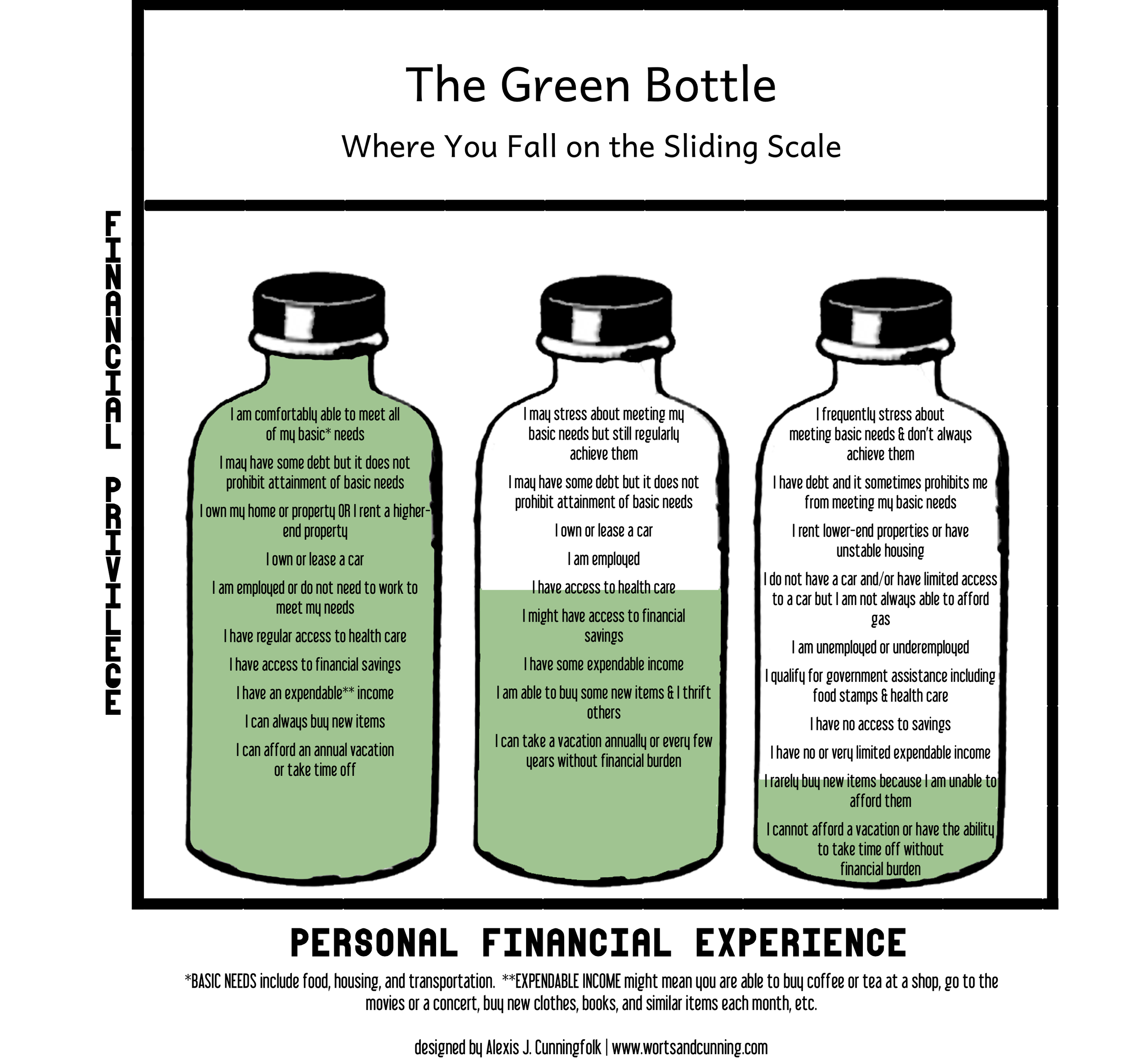Sliding Scale
⚠️ Important: This page explains how to choose a rate that fits your circumstances.
🌿 Before you scroll: Please read the full page to understand the intention behind our sliding scale.
The chart alone doesn’t tell the whole story.
As of October 2025, all of our reduced-fee spots are full.
A sliding scale is a tool for supporting economic justice and accessibility. We believe therapy should be as accessible as possible. Because of that, we offer a limited number of reduced-fee (sliding-scale) spots for clients who are experiencing financial hardship.
Sliding-scale options are periodically reviewed based on practice sustainability.
For those seeking affordable therapy options, we recommend Open Path Collective — a nonprofit network that connects clients to therapists offering sessions at significantly reduced rates.
Choose the rate that feels right, and trust yourself in the process.
⚠️ Important: This section explains how to choose a rate that fits your circumstances.
🌿 Before you scroll: Please read the full page to understand the intention behind our sliding scale. The chart alone doesn’t tell the whole story.
“The sliding scale is a tool that allows for a product or service to be obtained at multiple price points based on the circumstances of the purchaser.”¹
“For a sliding scale to work it relies on the principles of truthfulness, respect for complexity, and accountability.”¹
When implemented thoughtfully, a sliding scale allows each person to contribute a fair percentage of their income while ensuring therapists are compensated equitably for their work. “[Therapists] deserve to get paid and [clients] deserve [therapy] which recognizes the multiple realities of economic access and privilege that exist.”¹
Sliding-scale fees are often guided by income, but income alone doesn’t tell the whole story. We each carry different responsibilities, expenses, and levels of access to support that shape our financial reality. When choosing your fee, please take into account both your current circumstances and the resources available to you.
Source:
¹ Worts + Cunning Apothecary. “Sliding Scale.” Worts + Cunning Blog, 2017. https://www.wortsandcunning.com/blog/sliding-scale
The Green Bottle Method
This image and framework was originally created by Alexis J. Cunningfolk
The Sliding Scale: A Tool of Economic Justice (aka The Green Bottle Method)
Click to enlarge but the full text of the image is below
Top of the Scale (or the left bottle):
I am comfortably able to meet all of my basic* needs
I may have some debt but it does not prohibit attainment of basic needs
I own my home or property OR I rent a higher-end property
I own or lease a car
I am employed or do not need to work to meet my needs
I have regular access to health care
I have access to financial savings
I have an expendable** income
I can always buy new items
I can afford an annual vacation or take time off
Middle of the Scale (or the middle bottle):
I may stress about meeting my basic needs but still regularly achieve them
I may have some debt but it does not prohibit attainment of basic needs
I own or lease a car
I am employed
I have access to health care
I might have access to financial savings
I have some expendable income
I am able to buy some new items & I thrift others
I can take a vacation annually or every few years without financial burden
Bottom of the Scale (or the right bottle):
I frequently stress about meeting basic needs & don’t always achieve them
I have debt and it sometimes prohibits me from meeting my basic needs
I rent lower-end properties or have unstable housing
I do not have a car and/or have limited access to a car but I am not always able to afford gas
I am unemployed or underemployed
I qualify for government assistance including food stamps & health care
I have no access to savings
I have no or very limited expendable income
I rarely buy new items because I am unable to afford them
I cannot afford a vacation or have the ability to take time off without financial burden
* Basic Needs include food, housing, health care, and transportation.
** Expendable Income might mean you are able to buy coffee or tea at a shop, go to the movies or a concert, buy new clothes, books, and similar items each month, etc.
Choose the rate that feels right, and trust yourself in the process.
You won’t be questioned about your choice.
| The Green Bottle | Annual Income (Guide) | Session Fee (Choose What Fits) |
|---|---|---|
| Bottom of Scale | Under $20,000 – $40,000 | $40 – $80 |
| Middle of Scale | $40,000 – $70,000 | $60 – $140 |
| Top of Scale | $70,000 – $100,000+ | $105 – $150 |
Standard Rates
• Licensed Therapist — $200 (intake) · $175 (55 min)
• Associate Therapist — $175 (intake) · $150 (55 min)
Our sliding scale helps make therapy accessible for individuals who may not be able to pay the full rate.
Accessibility Fund
If you’d like to help make therapy available for someone who might not otherwise be able to afford it, you’re invited to contribute to our Accessibility Fund. Your contribution helps provide therapy for another individual who could benefit from financial support.
You can make a contribution here:
👉 Donate to the Accessibility Fund
Your generosity helps sustain a community of care and keeps therapy accessible to those who need it most. 🌿
100% of contributions go toward subsidized therapy sessions.


